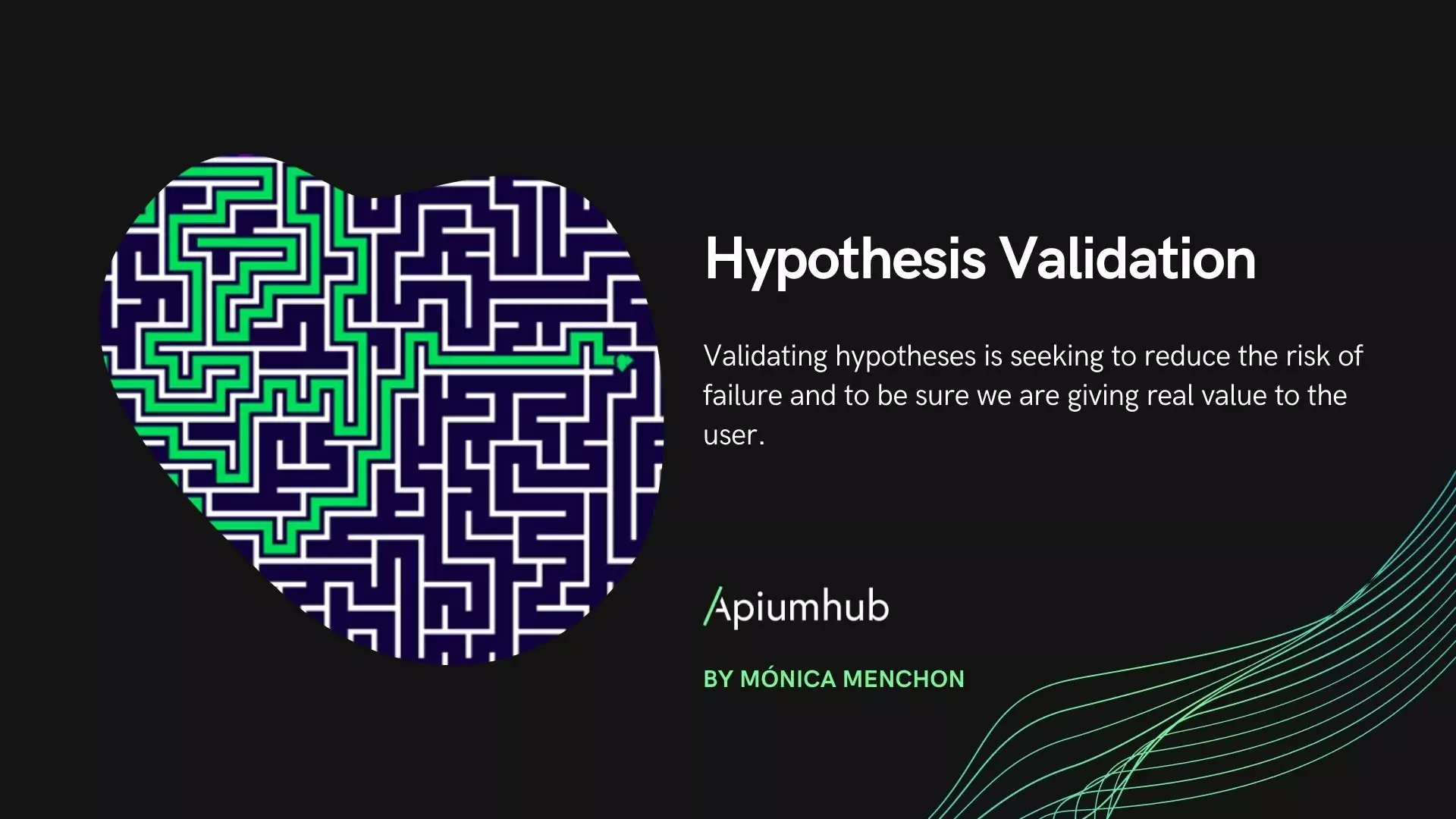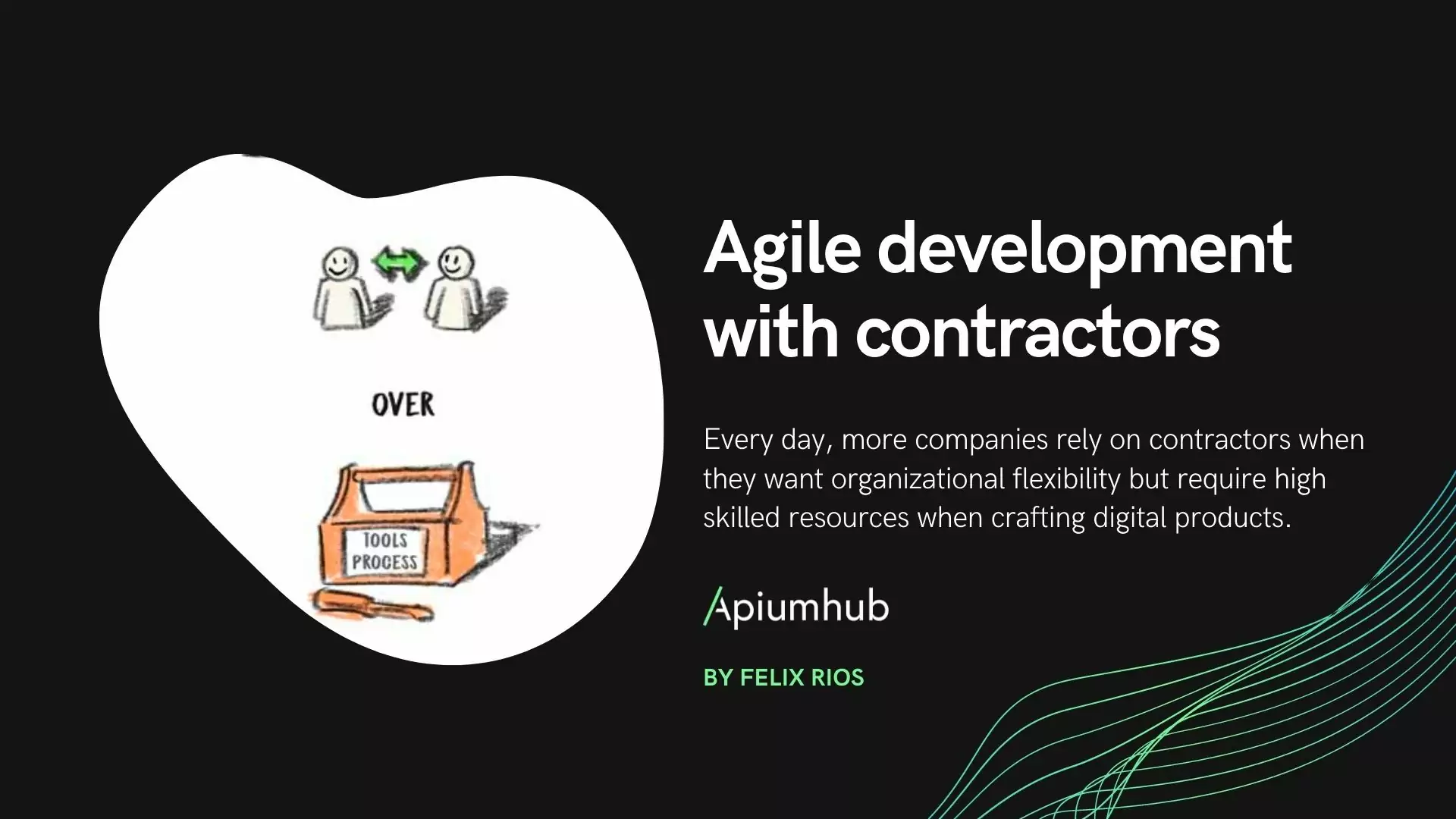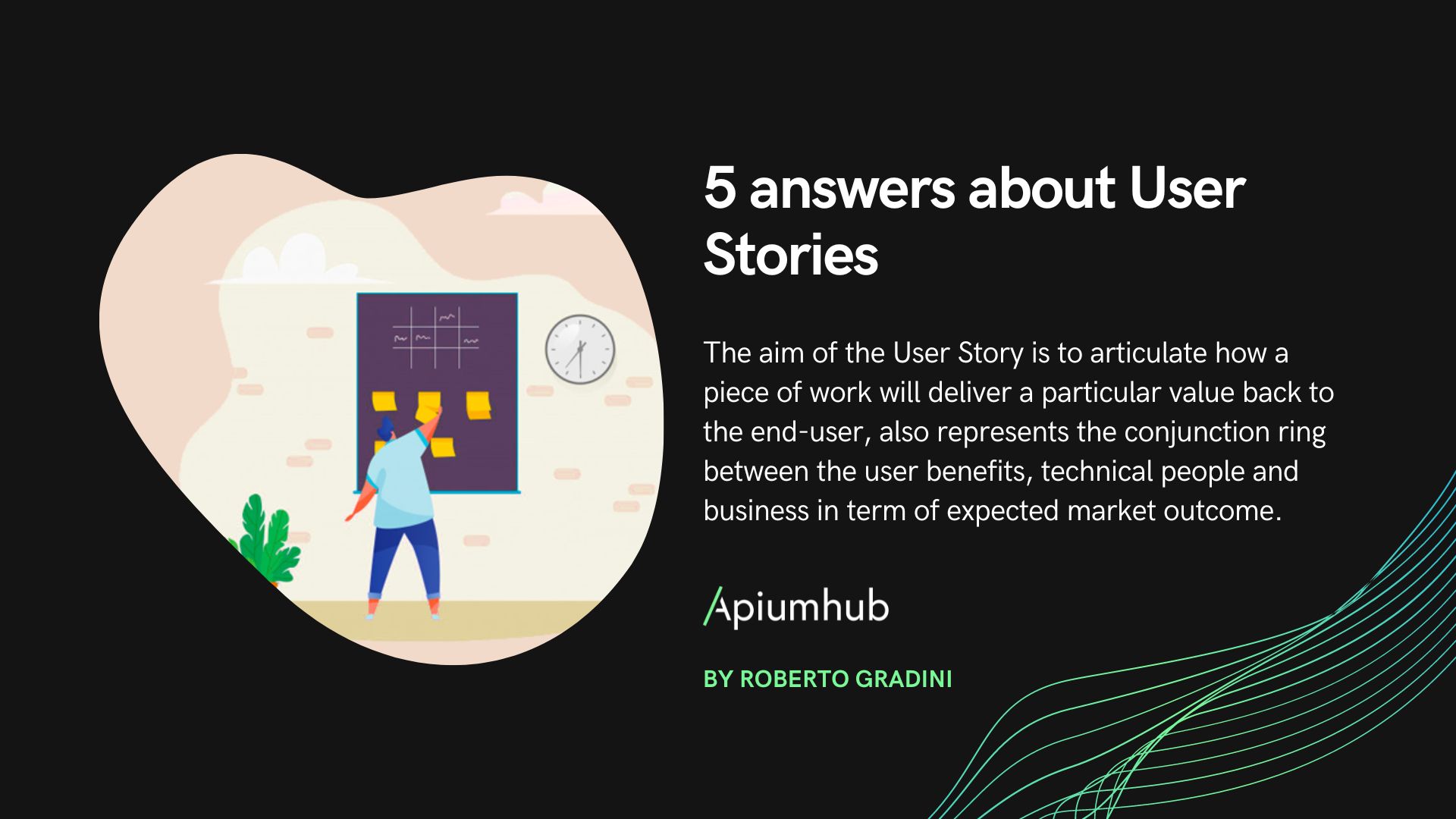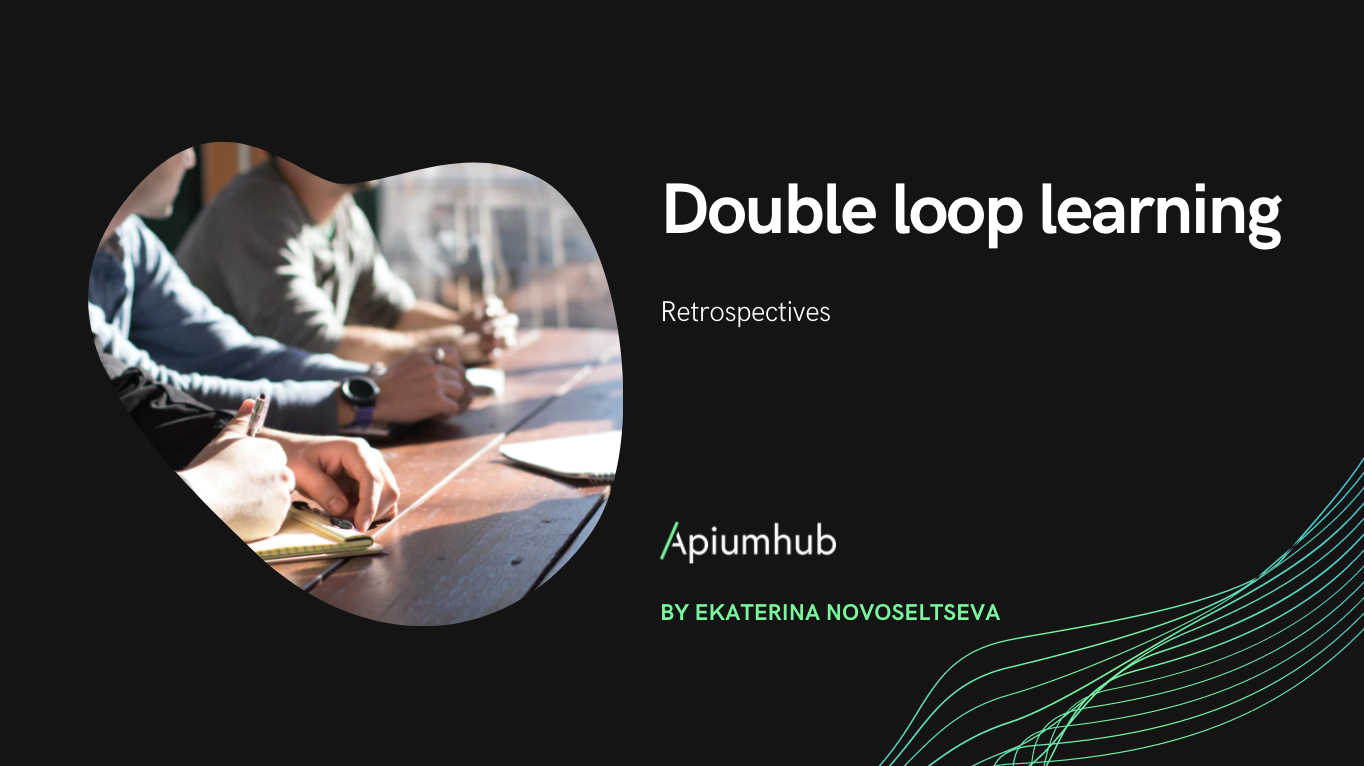Table of Contents
A lot of startups don’t even know what is MVP (minimum viable product), and begin their business with an idea that they think people need and want. They spend months, sometimes even years, perfecting their product without ever showing the product to their target and this is the main reason of failure of most of them!
You can’t do business assuming what your users would like to do or would like to have, first of all you need to prove that your idea is relevant to the market! This is the first rule you learn! but unfortunately people forget about it or try to save money on the research part, but at the end this saving may lead you to lose much more money than you would spend on market research! Think about it as a long-term investment or a safe belt, once your idea is proven you can move forward, innovate and get your ROI faster!
What is MVP, minimum viable product?
Minimum viable product, is a product that has just enough features to test if it is viable in the market. What does that mean? Usually people try to add all features they want before launching the first version of the product, because they think that if they don’t, people will find their project too simple and not interesting.
As for the MVP, it makes you focus on the most important features, prioritize them and develop only main ones – must have, the rest are – nice to have and you can work on them later on if you see that people want them. Later, your users will tell you what they want to add, so you will adapt your product to the customer needs and it works much better than trying convincing them to try it, explaining what they can do with thousand features.
Maybe you remember situation, when you were wondering why this company has so many unnecessary features that you have never used in your life and you won’t use them in the future. For you this is useless and for company this is an investment: time and money! In fact, The research shows that more than 60% of features in software products are rarely or never used. In order to avoid these situations, companies switch to Agile methodology and work with minimum viable product first.
Tips regarding MVP
1. First of all, when you have an idea, look at your market, find similar products and understand what is so good about them? Why people buy them ? What is their value proposition? How will you be different from them and more important, better?
2. Identify the primary goal of your product
3. Use a whiteboard or any digital tool, where you can draw
4. Define the main process, user flow
5. Create a list of features for each stage
6. Prioritize them, putting the most important up and less important to the bottom, taking into account:
- How important is this feature for finishing the process?
- How often will the feature be used?
- How many users will use this feature?
- How much value will the feature bring to the customer?
7. Define the MVP You have your features prioritized, now, you see the top row, 1st row on your map, which Alistair Cockburn calls Walking Skeleton – this is the smallest possible representation of a working product. This is what you should build first – this is your core product! The most important one!
8. Design and develop your product using Agile methodology, it goes together with Minimum Viable Product
9. Build, measure and learn Don’t forget that this is your Minimum viable product, once you are in the market and you succeed, you need to move forward, do UX research and find out what people like the most, what they would like to add or improve or even delete. Always work hand in hand with your target, I promise you it is much more efficient! And you have high probability to succeed!
Benefits of building a minimum viable product
As an Entrepreneur creating web and mobile apps, it is crucial to understand how Minimum Viable Product affects your business:
- Helps to find out if the clients share your vision
- Test your assumptions, validate the existence of demand for a product, see how your web or mobile app will gain popularity with your users before spending additional time and money adding all the features
- It allows you to begin building up a user base and gain insight into what works and what does not
- Helps you prioritize the most important, focusing on business value
- If the Minimum Viable Product fails, you can stop development and production before wasting any more time and money on a product that will not gain traction with your consumers
- Less risk of failure
- Higher business value
- Prevents you from designing features that will not benefit your users
- Provides immediate value, quickly, while minimizing development costs.
- Brings the product to market sooner
- Gets ROI faster
- Awesome way to find investors; you already have a viable product, market approval and feedback for the future evolution.
- Helps create interest for a product even before the full version of that product is ready
- Valuable improvement ideas; user feedback
- Helps with budget allocation, gives you an idea where you should invest more to increase sales
- Cost efficiency; reduces rework
Successful case studies
I love success stories, they inspire me to move forward and learn from the ones who have already done it and done it absolutely right! Let’s see how companies have used their MVPs to float their product to the marketplace. What do successful apps like Uber, Foursquare, Facebook, Instagram and Snapchat have in common? They all started with a product much simpler than they have today. They are mature apps now, but this is the result of years of development and large amounts of capital as well as constant user feedback and UX research. Do you remember how they started? I do, for example, I remember Instagram with an option to share pictures, which you couldn’t upload with the size of an actual picture, Instagram always squared it. No adds, no videos, no direct chat etc. All these new features came out because of the small iterations and user research.
Foursquare, personally I love this app, I am a good food and restaurants lover and I use it every day. So I remember it very well how they started and look where they are now! They launched a simple MVP without investing in design part and secondary features. They began with a simple search for the restaurants, where you can do check-ins and get gamification rewards for being active there. Only after that, getting feedback from their users, they focused on improving the user experience design side of the product. Once they were comfortable with the basic functionality, they began adding extra features like personalized recommendations, restaurant feedback etc.
You need to go out of the door and put your product into the hands of your users. Look at how they use it, study it and you will be surprised with the result: what you think users will like and do in reality maybe way different from your expectations. You will change your mind, you will change your plans, and things you used to think were important will melt away and be replaced by other needs and priorities. Having real users in the initial stage is key to success! You develop your product not for yourself, you develop it for your users, so stop basing your decision on your preferences and tastes, base your decisions on your user research results.
The key takeaway from this article is that a Minimum Viable Product allows you to start faster and smaller and iteratively develop and design a better, more polished product. Listening to your target and adapting your project to the target’s needs – allows you to make the best product decisions. With every release version, the product evolves to maximize ROI and move towards a fully mature application.
Do you want to discuss the possibilities for your company ? Please contact us, we will be happy to discuss your project!
Don’t forget to subscribe to our monthly newsletter to receive latest news, trends and best practices in the software world!
If you found this article interesting, you might like…
- Top agile blocks to track
- 5 benefits of agile project management
- Benefits of continuous integration
- 20 advantages of test driven development
- Top business blogs to read
- Benefits & examples of microservices architecture implementation
- Top 10 benefits you will get by using docker
- Benefits of software architecture
- Top software development blogs
- DevOps technologies & benefits









